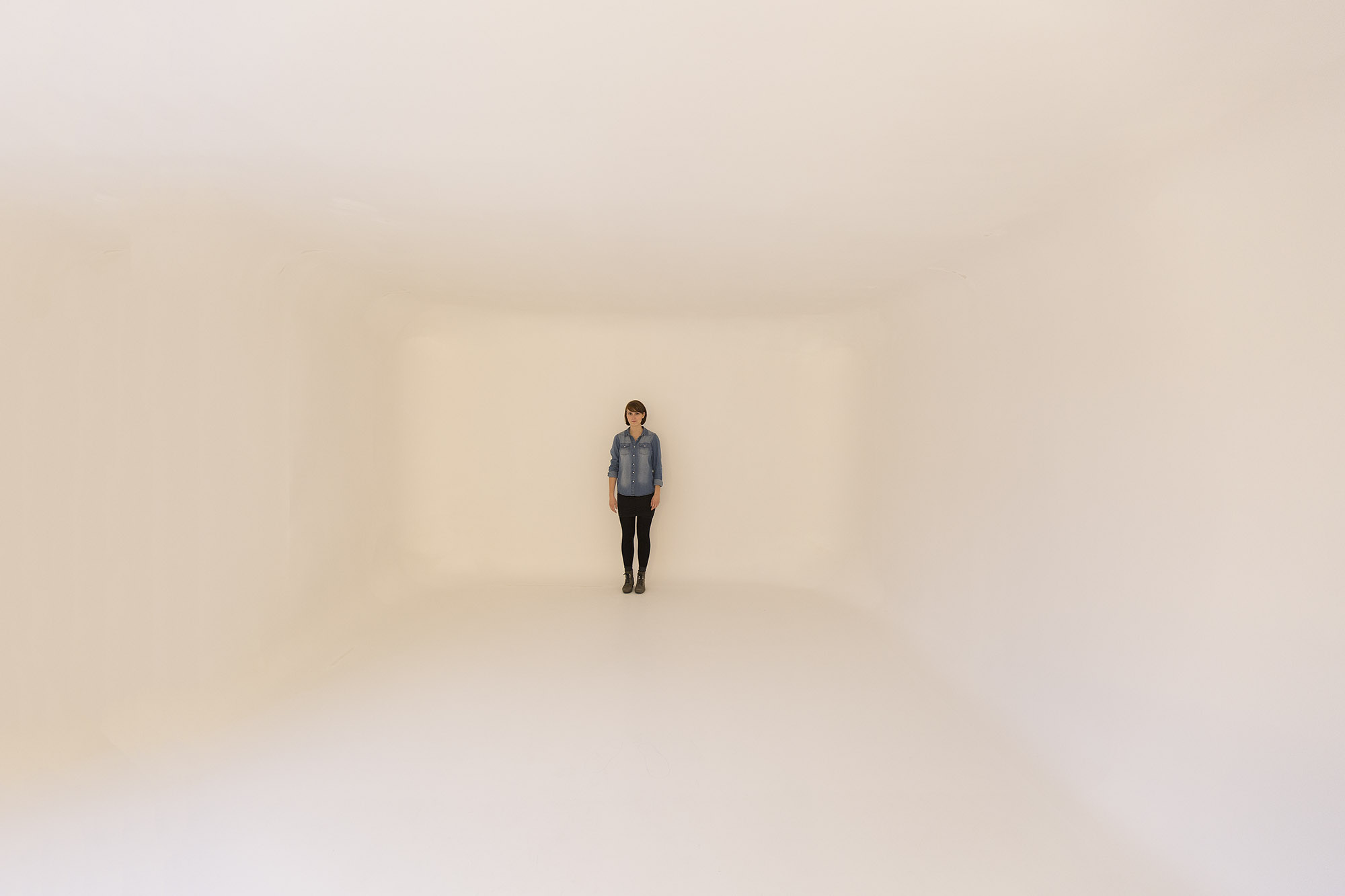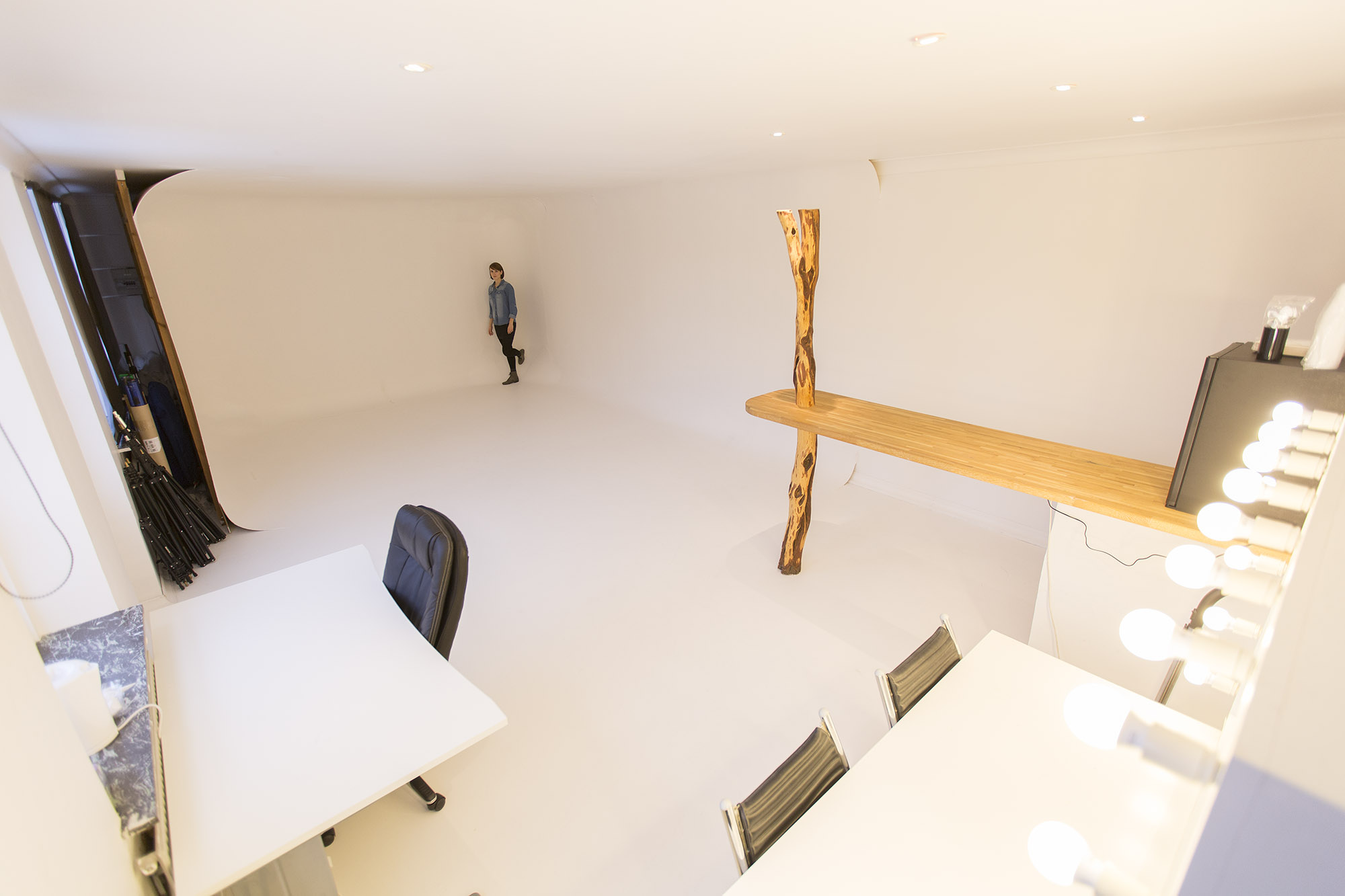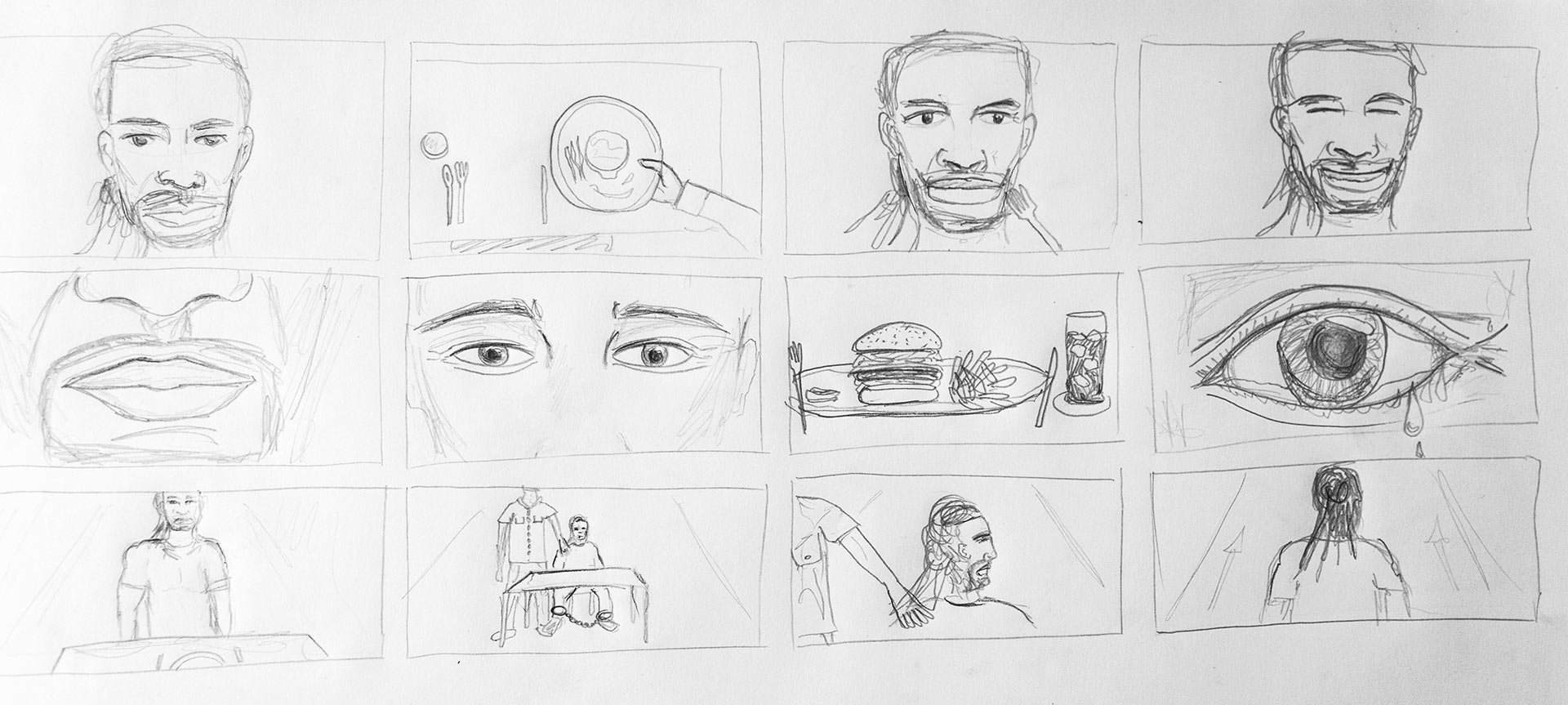A Meal Like No Other
“A Meal Like No Other” is a short film about a man (portrayed by Hervé Toure) eating a three-course meal consisting of his favorite foods. But it is also an exploration of love, pain, pleasure and what it all means when we are about to lose it.
To me, one of its strengths is its narrative structure where the complete story isn’t told until the very end. I strongly suggest you watch it before reading on, as spoilers will follow.
Summary
In A Meal Like No Other, the first course is an appetizer consisting of a delicious chicken soup. The first sip brings him directly back to his childhood where his mother used to make the soup on cold days. Our protagonist is filled with warmth and happy memories.
The main course is a cheeseburger with french fries and coke. This meal is devoured and eaten fiercely – which isn’t so strange considering he might not have eaten a good cheeseburger, or a cheeseburger at all, in years.
This meal really is like no other as it is his last meal. After a teary scene where he eats the dessert – a brownie with vanilla ice cream – a prison guard comes to escort him to the death chamber. The movie ends with his feet, tied together by chains, dragging on the cold floor, walking slowly towards his final destination.
Backstory
I got the idea for the movie after I started reading about the death penalty in the United States and racism in the judicial system.
Even though racial minorities comprise half of all murder victims nationwide, a far greater proportion (77%) of the victims in death sentences are white. For example, in Alabama 60% of black death row prisoners were convicted of killing a white person, although cases involving black defendants and white murder victims represent only 6% of the murders. 1
Although difficult to present in just a paragraph, the racial disparities are frighteningly real. And that quickly lead me to the case of McCleskey v. Kemp.
McCleskey v. Kemp
The final pieces of the film came together when I stumbled over the case of McCleskey v. Kemp.
Although the meal he had for his last meal wasn’t exactly the same as Hervé’s in the film (McCleskey denied his last meal), his case gave me a solid base to work on the character and would serve as a starting point for Hervé Toure’s performance.
Warren McCleskey received the death sentence for allegedly having killed a police officer while robbing a store in Georgia in 1978. McCleskey was African-American, the police officer white. McCleskey appealed his sentence with background in a comprehensive study, the Baldus study:
“Baldus, a law professor at the University of Iowa College of Law, studied twenty-five hundred murder cases in Georgia. Baldus’ study concluded that all individuals convicted of murdering whites were far more likely to receive the death penalty, thus establishing that the application of the death penalty in Georgia was linked with the race of the victim. One of his models concluded that, even after taking account of 39 nonracial variables, defendants charged with killing white victims were 4.3 times as likely to receive a death sentence as defendants charged with killing blacks.” 2
The study was dismissed by the court. The ruling said: “even if Baldus’ statistical data were accepted at face value, the defense failed to show evidence of conscious, deliberate bias by law officials associated with the case”. 3
McCleskey has later been called “one of the worst Supreme Court decisions since World War II” 4 and has helped “immunize the criminal justice system from judicial scrutiny for racial bias”. 5
Today, progress has been made in the matter (North Carolina’s Racial Justice Act finally acknowledges that there is a huge bias in who gets the death penalty), but you don’t have to watch American news closely to know that there are still issues unresolved.
McCleskey was executed in Georgia’s electric chair September 28, 1991. 6
A few random facts about the meal itself
- As I didn’t have access to a kitchen on the location, both the soup, burger and french fries were served cold.
- Hervé was “pleasantly surprised” about the soup and really liked the burger – the cold fries not so much, though. But then who really likes cold fries?
- The coke was the worst as it turned out he didn’t even like sodas in the first place. Oh well – unfortunately I didn’t realize it until after we had finished shooting the scene, and thankfully I don’t think it showed at all.
- The burger scene was shot in one take – from the first bite to the last. I simply couldn’t stop him! (Nor would I)
Location
With the room I really wanted to emphasize a feeling of open space. With the white floor, walls and ceiling all melting together, I tried to convey that he’s both in his own eternal mind, free of all worries and yet extremely constrained, as he can’t move at all. Each step in any direction will only take him deeper into the nothingness around him.
When first conceptualizing the film, I thought I would have to use a simple white backdrop and then move the table and camera around for the different angles. After searching, though, I found the perfect spot: a small studio called “EyeLight” with a round arch horizon. I could try to explain it, but I’ll rather show the pictures to demonstrate it (courtesy of EyeLight):

The round arch horizon shot straight on.

Full view of the studio.
For the shots where Hervé’s back is shown I simply moved him to the other side of the table, and the for the rest of the shots, the table and him could just stay put.
With the lights (a few bulbs on each side bouncing on the walls and ceiling) not having to be moved and no location switching, we could really concentrate on getting each and every single shot executed perfectly.
We also tried to shoot it chronologically so Hervé’s emotions could escalate naturally instead of jumping between nostalgic, hungry and sad every second.
Hervé Toure was outstanding from start to finish. Professional all the way through and really got into his character.
Working with dedicated actors is always incredibly enjoyable and Hervé certainly was no different!
Music and sound
From the beginning, I knew that A Meal Like No Other would be a music driven short film. It wasn’t until I found the final musical piece that I knew how big an impact it would have, though.
I tried all sorts of music but quickly moved to classical. I really wanted it to feel as bare and vulnerable as the rest of the film, so I ended up searching for piano only pieces. I also felt like this would suit the “restaurant” mood conveyed through the drop in music at the beginning and the waiter serving the courses perfectly.
After listening to a lot of beautiful music, I ended up choosing “The Six Pieces for Piano, Op. 118” by Johannes Brahms, found on musopen.org.
Completed in 1893, the composition was the second to last published during Brahms’ lifetime. I am glad it wasn’t the last; I think the complete historical context would almost have made the overall film too intense.
Folio
From the start I envisioned the chains dragging along the floor in the end as a very powerful last scene and knew that the sound of it would make it even more intense. I also recorded some environmental sounds like footsteps, chewing, drinking and putting things on the table just to give the room some tone and to draw the viewer deeper into the film.
Camera, lens and storyboard
Almost the whole film was shot on the beautiful Canon EF 100mm f/2.8L Macro IS USM while some of the wider shots were shot with a Tamron SP 24-70mm f/2.8 DI VC USD. I bought the 100mm macro lens specifically for the purpose of this film and I am so glad I did.
It performed well over my expectations and really made the super tight shots enjoyable both to shoot and to watch. At f/2.8, it’s tack sharp, although with a very small focus plane – which made it possible to switch focus from the left eye to the right and back seamlessly. Its image stabilization system made it easy to keep it steady even handheld, which was great as I really wanted a handheld yet smooth look for the film.
For the shots with me in the frame (I played the waiter and guard), my trusted helper Victoria Handskemager assisted with the camera.
Here’s a storyboard sketch I drew prior to shooting. I think that the overall look ended up being pretty close:

A storyboard sketch showing some of my envisioned shots.
Conclusion
I am really pleased with “A Meal Like No Other”. Hervé was amazing, the room was perfect and the music made it all come together.
I set out to explore what it would feel like to eat your last meal in this world while commenting on a flawed system and a sentence too grave for anyone to be punished with. A task big at first, but with the right tools and tricks I feel like I achieved what I set out to do.
–
Videoproduktion af http://www.eyelight.dk
Details
Published on: December 2014
Location: Eyelight, Copenhagen
Starring: Hervé Toure
Directed, shot and edited by: Alexander Kinnunen
Music: “The Six Pieces for Piano, Op. 118″ by Johannes Brahms
With special thanks to: Victoria Handskemager Wagner & Rasmus Bibow
